Last Updated on December 29, 2023
Welcome to WTF Happened to Troy? If we’re talking about the best historical cinematic epics of all time, what are the first few titles that leap to mind? Kubrick’s Spartacus? Lean’s Lawrence of Arabia? Maybe Gibson’s Braveheart? Whatever the answer is, chances are, despite earning half a billion dollars worldwide, Wolfgang Petersen’s Troy isn’t likely the first movie that tops the list. But why is that? After all, Troy was not only a monumental box office hit but also fared pretty well among critics and general filmgoers alike. Moreover, with Homer’s timeless tale of The Iliad guiding the way, it would seem as though Troy would resonate longer in the public’s collective consciousness and rank among the all-time best and most durable biographical epics. Yet, despite the impressive size, scale, and scope of the big-screen spectacle that chronicles the intense war between the Greeks and the Trojan Army, Troy has sort of been forgotten at best and relegated towards the middle of the heap at worst, with titular star Brad Pitt himself voicing his own displeasure with the picture.
Aside from Pitt’s own misgivings with the final outcome, we’re about to delve deep into the production history for Troy and document everything from the development phase and the casting process to the troubled intercontinental film shoot that was marred by inclement weather, destroyed sets, emergency relocation, injurious delays, tragic fatalities, on-set arrests, exploited background extras, and other unforeseen mishaps that led to Troy becoming one of the most expensive Hollywood movies in history. Sound good? Let’s go find out once and for all, What The F*ck happened to Troy!
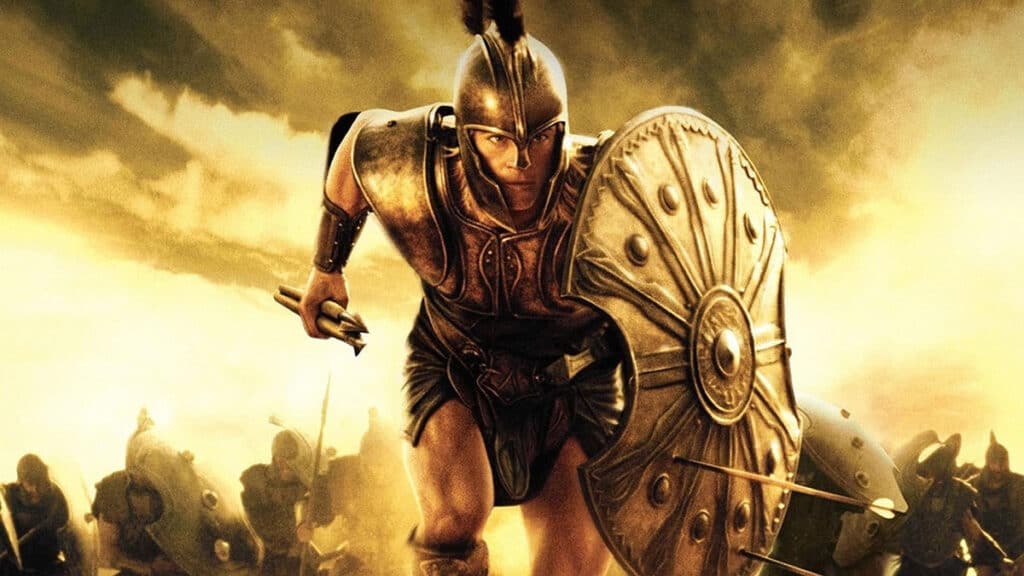
As alluded to, Troy is loosely based on the epic Greek poem The Illiad by Homer. The screenplay was written by David Benioff, who deliberately set out to expand the story beyond the parameters of Homer’s classic poem. One of Troy’s most common criticisms is that its ambitious reach may have exceeded its grasp by depicting the entirety of the Trojan War. In contrast, The Iliad only covered a portion of it. Benioff took issue with this gripe, telling Creative Screenwriting: “The script covers the Trojan War in its entirety, whereas the Iliad is only one fragment of it. I didn’t want to have little titles saying, ‘Flash forward nine years.’ It would have made it more faithful to the source material, but it wouldn’t have been effective for the movie. I always followed the route that I thought was better for the movie; if that meant that I was cheating on Homer, then so be it.”
Once Benioff finished the script, Warner Bros. sought to hire the right director for the material. Before Wolfgang Petersen was hired, Christopher Nolan was offered a chance to direct Troy. So, too, was Terry Gilliam, but he turned it down after reading five pages of the screenplay. In the end, Petersen left his early directorial duties on Batman vs Superman to make Troy. Petersen was interested in Troy because he was familiar with The Illiad from school. Ironically, Petersen was offered the chance to direct Gladiator a few years earlier but was not interested then. Once he saw Ridley Scott’s award-winning result, Petersen regretted not making the sword and sandal epic. As such, when Troy presented itself, Petersen was keen on making the movie after passing on Gladiator. Brad Pitt was Petersen’s first choice to play the lead role of Achilles, Greece’s most fearless warrior. We’ll touch on this later, but Pitt only agreed to make Troy out of his contractual obligation with Warner Bros. Furthermore, Pitt left Darren Aronofsky’s The Fountain to star in Troy.
While Pitt was Petersen’s one and only choice to portray Achilles, casting Helen of Troy proved much more difficult. At first, Petersen did not want to include Helen’s character in the movie, as he felt that no living actress could live up to the historical image of Helen. In fact, Petersen left out several Greek Gods from the story, believing they were “silly and unnecessary to the plot.” When the producers insisted Petersen include Helen in the story, the director caved and began a six-month casting process to find the right person for the role. Although such actresses as Halle Berry, Keira Knightley, Kristin Kreuk, Jennifer Lopez, Sophie Marceau, Connie Nielsen, Katie Holmes, Charlotte Kemp Muhl, and Catherine Zeta-Jones were all considered to play Helen of Troy, in the end, Petersen deliberately opted to cast an unknown actress in the role. The director finally settled on German actress Diane Kruger to play Helen of Troy.
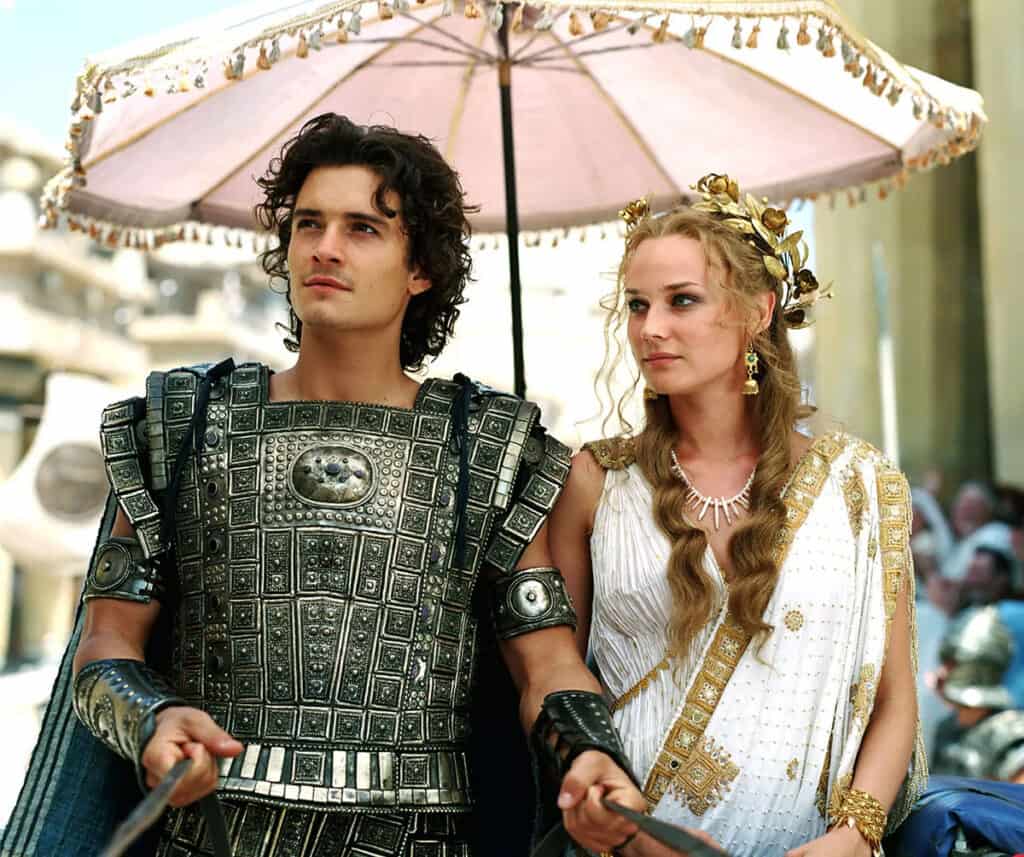
As for the role of Briseis, Achilles’ lover in the film, the part was originally given to Bollywood actress Aishwarya Rai Bachchan. However, she declined the role due to her discomfort with the graphic lovemaking scenes. Although Keira Knightley auditioned for the role, Eric Bana, who plays Hector in the movie, suggested fellow Aussie actor Rose Byrne for the part of Briseis. While Byrne was also a relatively unknown newcomer at the time, she and Kruger would go on to forge outstanding Hollywood careers.
Speaking of Bana, he was cast after Petersen saw his searing performance in the prison drama Chopper. However, the director was concerned about how big and beefy Bana was in the film and wondered if he made a poor casting decision. Alas, he was relieved once he saw how fit Bana was in real life. And while on weight gain, Garrett Hedlund cast as Patroclus in the movie just one month after moving to Hollywood to pursue a career, gained 30 pounds to portray the historical figure credibly.
Once the cast was in place and Warner Bros. granted Petersen a hefty $175-185 million budget, principal photography on Troy officially commenced on April 22, 2003, and lasted until December of the same year. According to Gone Girl author Gillian Flynn, who was an Entertainment Weekly reporter at the time, the budget would swell to more than $200 million due to several unplanned production delays and disruptions. The eight-month filming schedule entailed a massive logistical undertaking that spanned multiple continents. For example, the city of Troy was constructed at Fort Ricasoli on the island of Malta in the Mediterranean, a location also used for Gladiator. Additional scenes were filmed on the cliffs of Melliena, located north of Malta, and the small island of Comino, situated between Malta and Gozo.
The exterior walls of Troy were manufactured thousands of miles away in Cabo San Lucas, Mexico. In addition to filming in real locations in Malta and Mexico and planning to shoot in Morocco, filming also took place in various movie studios and backlots in England, including Ealing Studios in London and Shepperton Studios in Surrey. In addition to multiple locations worldwide, the humongous production consisted of roughly 1,300 background extras, at least 300 of which were transported from Bulgaria to film scenes in Mexico.
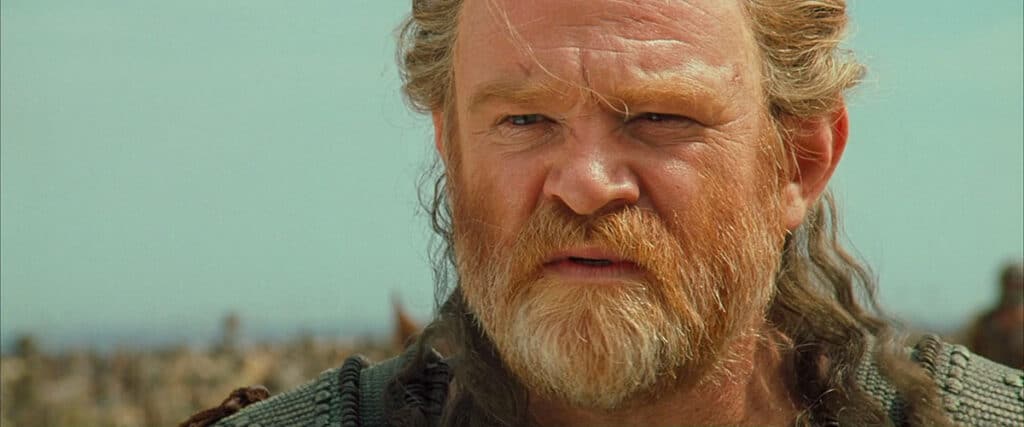
Another major hurdle production had to overcome involved the escalation of the U.S.-Iraq war in 2003. Several scenes for Troy were initially slated to be filmed in Morocco. However, when tensions began to increase in the Middle East, Warner Bros. decided to move the production from Morocco to Mexico in February 2003 to avoid Al-Qaeda terrorist threats. Transporting the sets, props, and extras from North Africa to North America was a logistical nightmare that delayed the schedule even longer and increased the movie’s cost considerably. If the emergency relocation wasn’t bad enough, the 1,300 extras sent to Mexico had to undergo a three-week training period in 100-degree heat, causing many of them to faint from the harsh conditions.
According to Bidouin.org, the Bulgarian extras on the set of Troy were treated even more inhumanely. Here’s one extra’s account: “We kept trying to get a break, to get some water or find shade. But there was no shade. So we were simply sitting there, killing scorpions and all sorts of nasty centipedes. The horses were in the shade, but we weren’t. They had tents; we didn’t We covered ourselves with the shields and fell asleep.”
Once the Bulgarian extras realized they were earning $12 per day compared to the Mexican extras’ wage of $40 per day (both less than the horses were paid, mind you), a three-day strike took place, further delaying production. Filming only commenced after the Bulgarian extras were given a pay raise of $10 per day. Meanwhile, Pitt earned a hefty $17.5 million for starring as Achilles in the film.
One of the costliest crises that took place while filming Troy occurred in Baja, California. The Category 2 Hurricane Marty hit land and caused flooding and major damage in Baja before moving to mainland Mexico in the fall of 2003. By all accounts, Hurricane Marty destroyed the set of Troy constructed in Cabo, which halted the production and delayed filming for several weeks. In addition to the set being wiped out by the hurricane-force winds and rain, Brad Pitt’s personal residence was also left in ruins. Pitt was reportedly so exhausted by the filming process that he woke up at 4:00 AM to find his home torn apart by Hurricane Marty and simply went back to sleep. The storm also toppled a house accommodating roughly 1,000 extras staying in Mexico.
If that wasn’t upsetting enough, in late September 2003, shortly after Hurricane Marty reached landfall and damaged the constructed sets, six security guards on Troy were arrested by the local police for stealing a four-wheel Honda ATV, a chainsaw, and an air compressor used by the production. The arrested guards claimed they had not been paid for their services since Hurricane Marty ravaged the set and took the items as compensation. Believe it or not, a second hurricane hit the movie set in Mexico, but it came during the final week of production and didn’t affect it much since most of the footage was already captured.
Of course, it’s impossible to talk about Troy without mentioning the intense, big-scale battle scenes that take place in the film. For his part, Brad Pitt famously spent six months undergoing a grueling training regiment to shape his body in the mold of a Greek god. Pitt claimed the process was torturous because he was forced to quit smoking to get in shape. Meanwhile, the male cast members had to have their chests waxed and shaved daily to maintain continuity. During the battle scene in which Patroclus dresses up as Achilles, Brad Pitt can be spotted somewhere in the background. Yet, when Hector slashes his throat and removes Patroclus’ helmet, Garrett Hedlund is the one inside the costume.
One of the coolest anecdotes from the set includes Pitt and co-star Eric Bana making a friendly wager before filming took place. Both Pitt and Bana refused to use stunt doubles for the fighting scenes, and the two actors agreed to pay each other money for every time they accidentally hit each other for real while filming. According to lore, Pitt and Bana bet $50 for every glancing blow and $100 for every painful hit. At the end of production, Pitt struck Bana so many times that he paid his co-star $750 for the damage incurred. Meanwhile, Bana didn’t owe Pitt a single dollar.
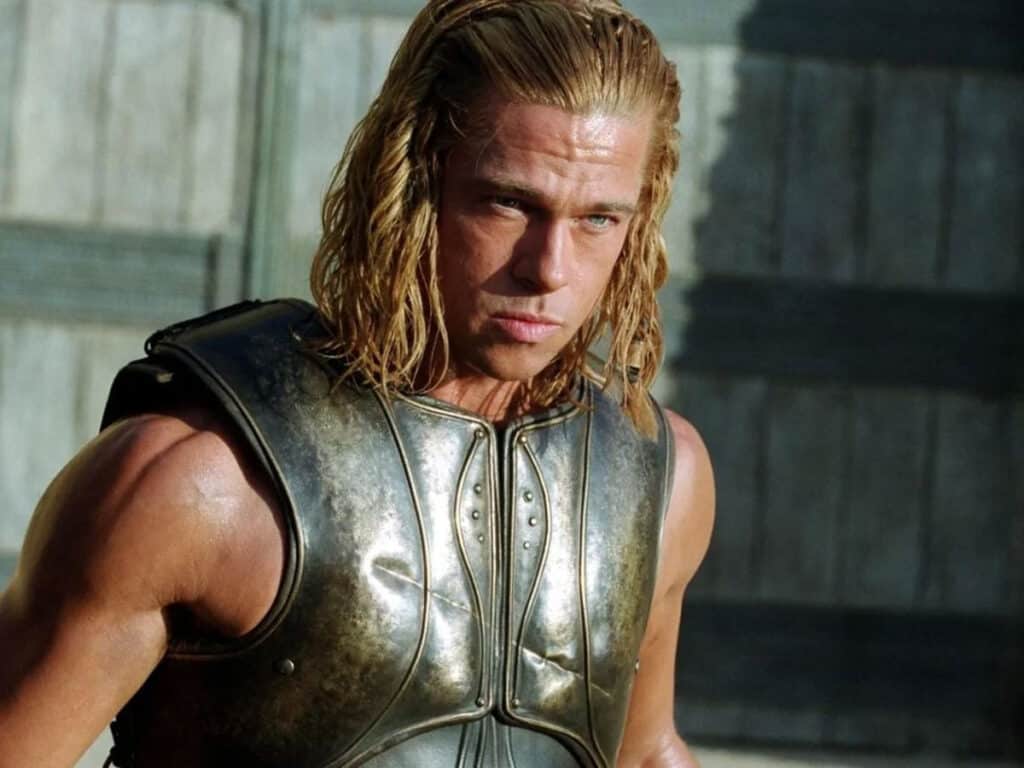
Speaking of the fight scenes, the grandest irony of the entire production came when Pitt suffered a major injury while filming a fight sequence that delayed production for several months. Pitt, who plays Achilles in the movie, actually tore his left Achilles tendon while filming an action scene. At the time, Pitt was slightly embarrassed, saying, “What a bad angle. Stupid irony.” Indeed, the absurdity of playing a character named Achilles and literally tearing the tendon used as a metaphor for a person’s weakness tells you all you need to know about Troy’s doomed production history.
According to the Sydney Morning Herald, Pitt tore his Achilles while filming the battle scene in which Achilles takes on the behemoth Trojan warrior Boagrius, played by the 6’8” Australian body-building champ Nathan Jones. Petersen weighed in on the tragic timing of the accident, stating: “Look at his face when he lands. There’s a second you can see something’s wrong. It was great for the scene but terrible for the movie. Brad was hobbling around for months, and we had to come back later to finish the last scene – ironically, another big one-on-one combat scene, the one between Brad and Eric. We shot the first few frames in September when they size each other up. But it wasn’t ’til December we shot the rest.”
Adding insult to injury, Boagrius isn’t even a real character but rather a river mentioned by Homer in The Iliad.
Speaking of bodybuilders, a fatal tragedy also occurred on the set of Troy. George Camilleri, a famous bodybuilder who won the 1989 Mr. Matla competition, was cast for an intense action scene filmed at Ghajn Tuffieha on May 30, 2003. Camilleri broke his leg during the scene, was rushed to the hospital, and underwent surgery the following day. After complications due to surgery, Camilleri passed away on June 17, 2003.
All in all, when production added up the costs of the schedule delays resulting from Hurricane Marty and Pitt’s accidental injury, the budget for Troy ballooned closer to $200 million. At the time, that figure ranked as one of the most expensive price tags in Hollywood history.
As for the iconic Trojan Horse seen in the film, which originated from Virgil rather than Homer, the prop was granted to the Turkish government as a gift after production wrapped. To this day, it can be seen on the boardwalk of Canakkale, a coastal tourist city located roughly one hour away from the ruins of Troy. The Turkish Government invited Petersen to film in Canakkale and offered to sponsor the movie if the premiere were held in the city. Instead, Troy premiered in Berlin, where most of the genuine artifacts from the city of Troy are displayed.
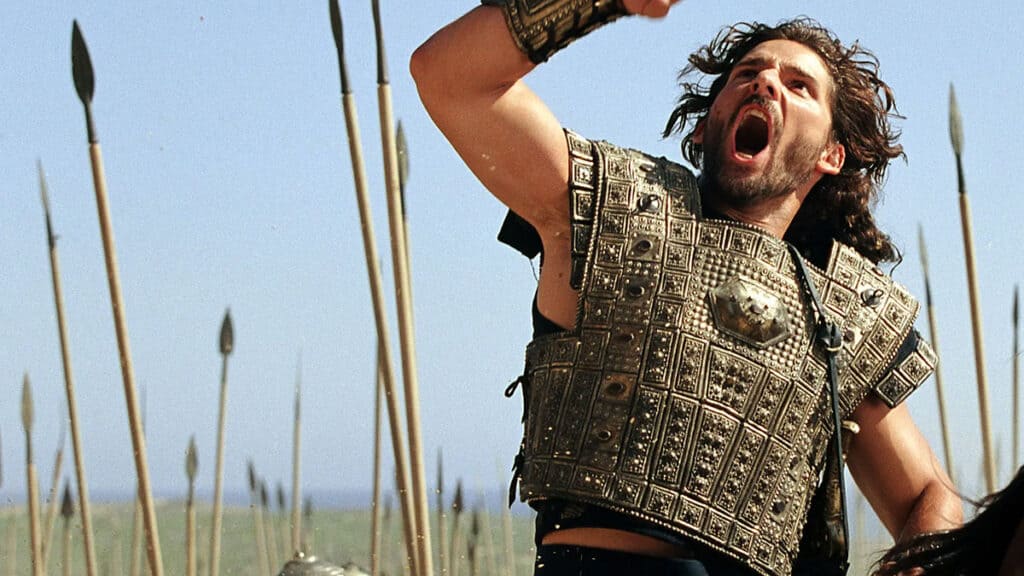
Another bizarre aspect of Troy’s production involves the musical score. Petersen originally hired French composer Gabriel Yared to arrange the music for Troy. However, after working on the score for over a year, the reactions to the test screening, which featured an unfinished version of Yared’s music, were so negative that Yared was fired before the day was through and was not given a chance to change his composition. Instead, Oscar-winning composer James Horner was brought in, and he hastily composed a new score for Troy in less than four weeks. If that wasn’t strange enough, the 2007 Director’s Cut of Troy also features pre-existing musical scores from such Hollywood movies as Planet of the Apes, The Count of Monte Cristo, and Starship Troopers. Petersen even reinserted parts of Yared’s original score into the Director’s Cut. Without digging too deep into the particulars, Warner Bros. home video commissioned the Director’s Cut of Troy for $1 million. Among the 30 additional minutes that stretch the runtime to 196 minutes, “at least 1,000 new cuts” were made to the Director’s Cut, including various shots and scenes that were either added or excised.
Although Troy went on to gross $497 worldwide, the drastic changes made by Petersen in the Director’s cut may be a subtle admission that he was not happy with the film’s theatrical version. He isn’t the only one. The late great Peter O’Toole, who plays King Priam in Troy, infamously left the movie’s premiere after 15 minutes. He neither enjoyed Troy nor got along with Petersen while working on the project. In fact, while speaking negatively about the film to the press at the Savannah Film Festival, O’Toole called Petersen a “clown.” Meanwhile, with enough time and distance from the project, Brad Pitt has also retroactively criticized Troy and his own involvement in the movie.
According to Pitt in a USA Today interview published in 2022: “I had to do ‘Troy’ because – I guess I can say all this now – I pulled out of another movie and then had to do something for the studio. So I was put in ‘Troy.’ It wasn’t painful, but I realized that the way that movie was being told was not how I wanted it to be. I made my own mistakes in it. What am I trying to say about ‘Troy’? I could not get out of the middle of the frame. It was driving me crazy. I’d become spoiled working with David Fincher. It’s no slight on Wolfgang Petersen. ‘Das Boot’ is one of the all-time great films. But somewhere in it, ‘Troy’ became a commercial kind of thing. Every shot was like, Here’s the hero! There was no mystery.”
Without expanding on the vast differences between the movie and The Iliad that drove many historians mad, that’s more or less What The F*ck Happened to Troy. The grand-scale historical epic was one of the most expensive movies in Hollywood history at the time, and despite becoming the 60th highest-grossing movie ever made at the time of its release, the movie’s troubled production still tends to overshadow its financial success. Between the arrests, injuries, and fatalities and the inclement weather that considerably destroyed sets and delayed the shooting schedule, the movie’s massive undertaking took its toll on all involved. Never mind Pitt and O’Toole’s critical misgivings about the movie. What do you say? Now that you know What the F*ck Happened to Troy, do you think the movie holds rank along with the all-time best historical movie epics of all time? Let us know below!


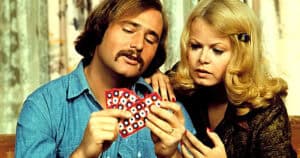
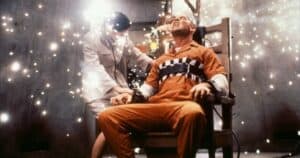
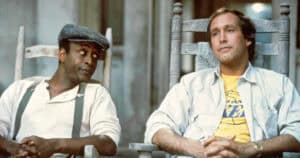


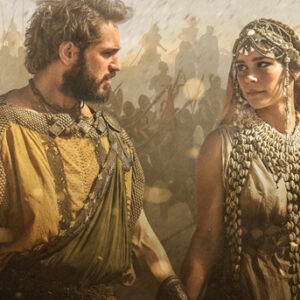



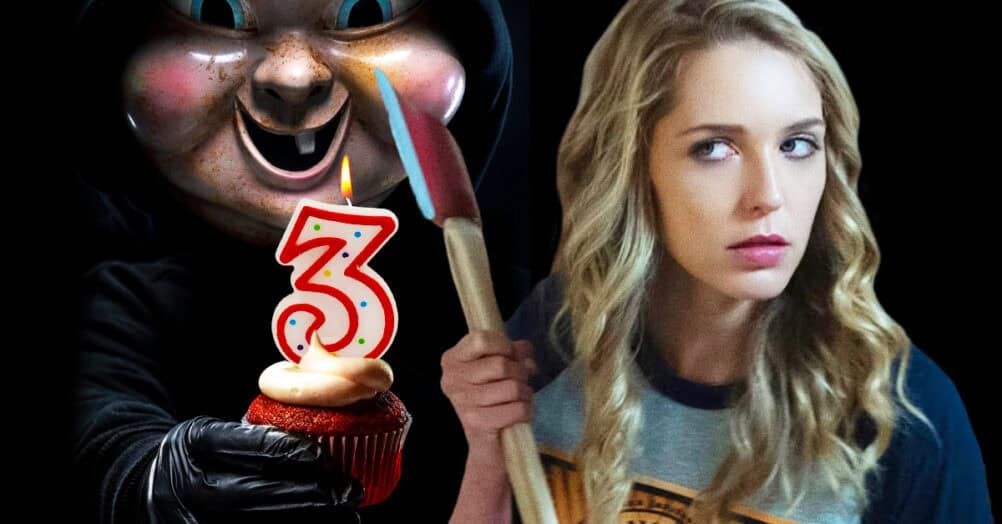
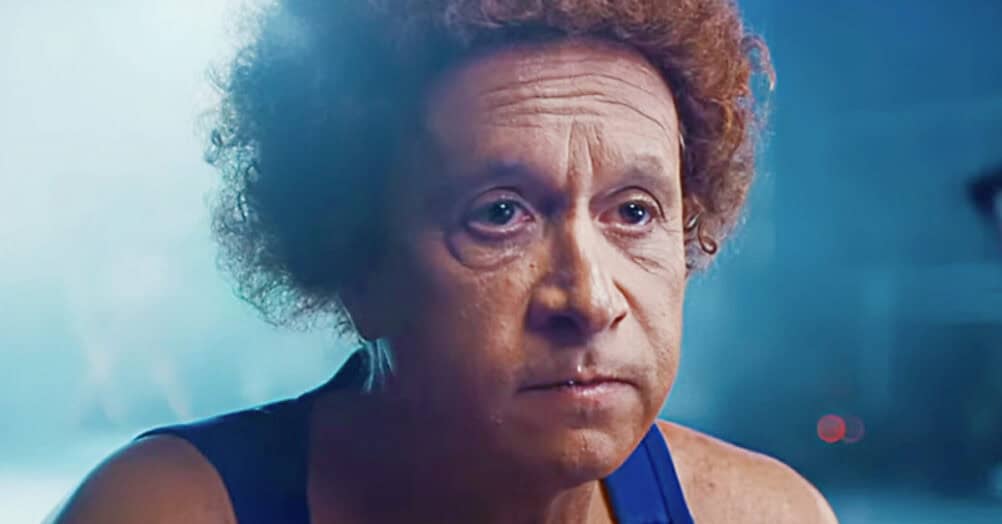

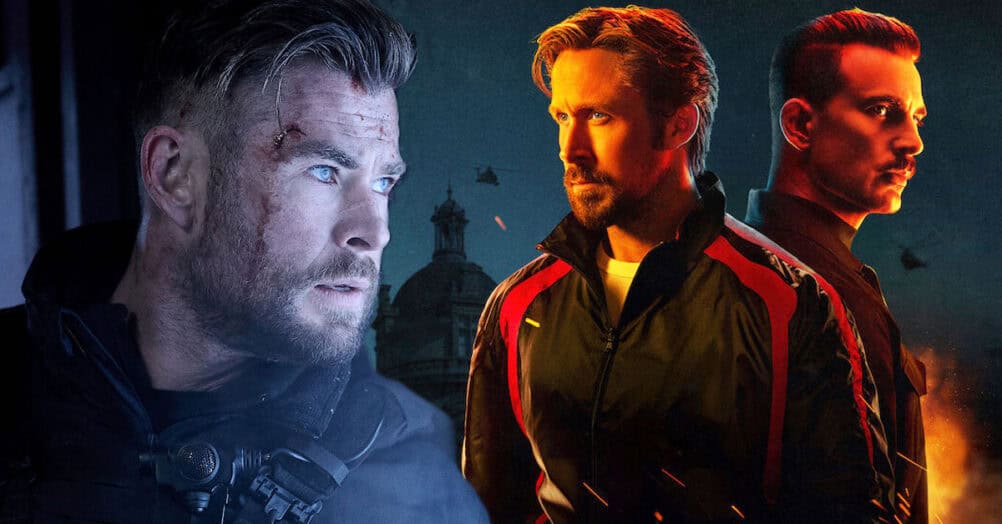

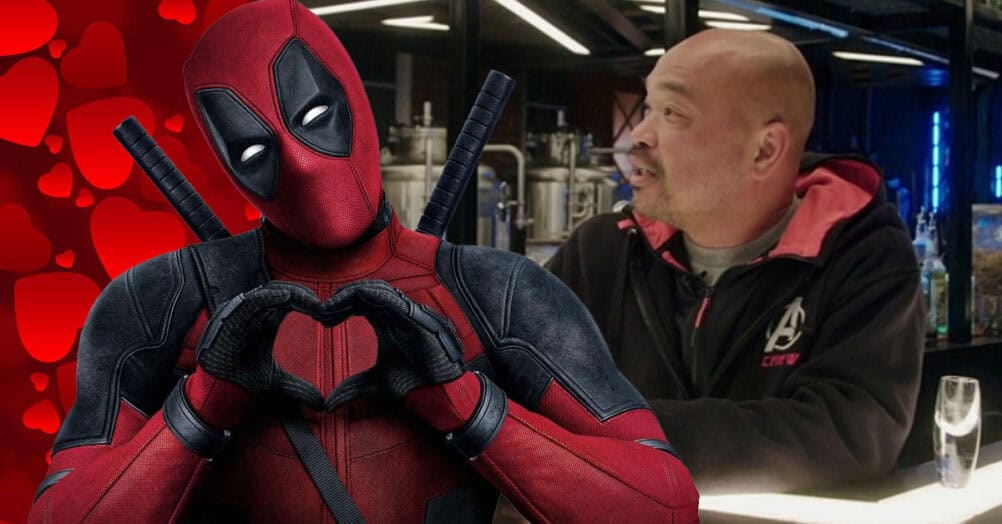
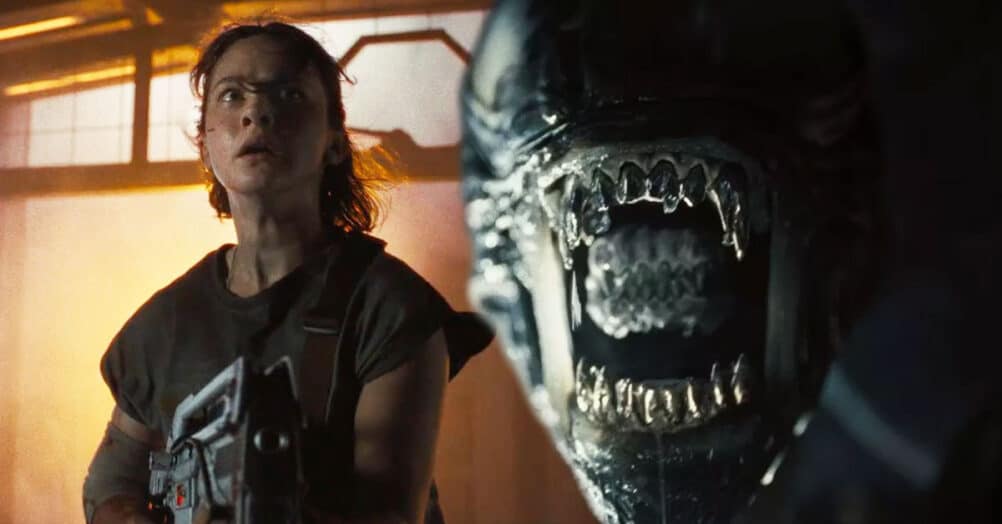
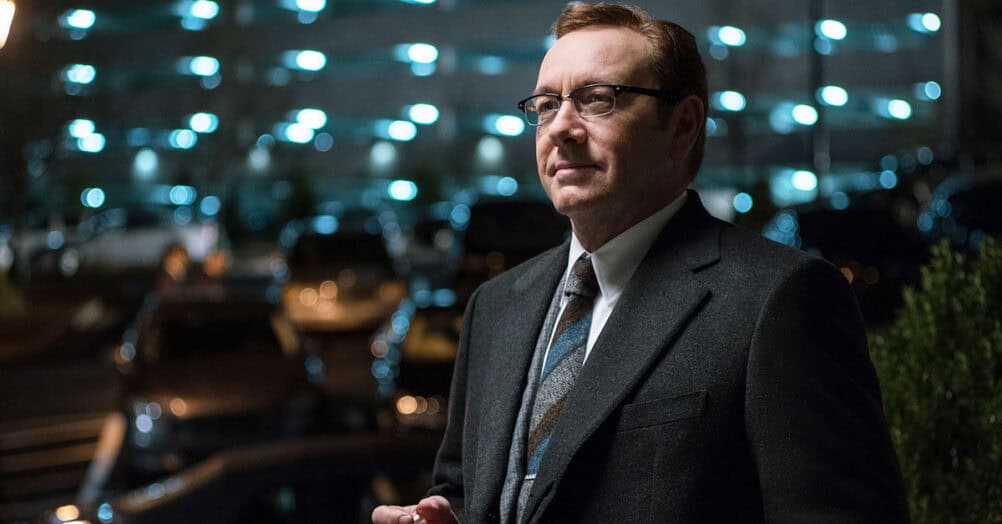
Follow the JOBLO MOVIE NETWORK
Follow us on YOUTUBE
Follow ARROW IN THE HEAD
Follow AITH on YOUTUBE